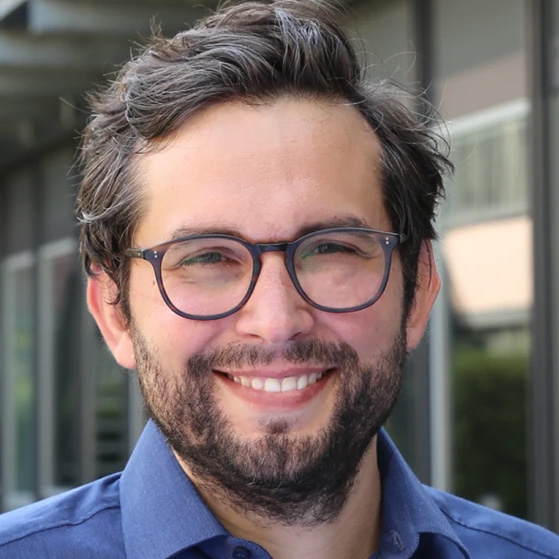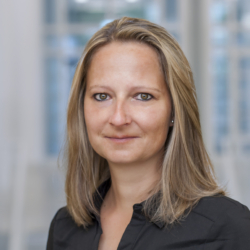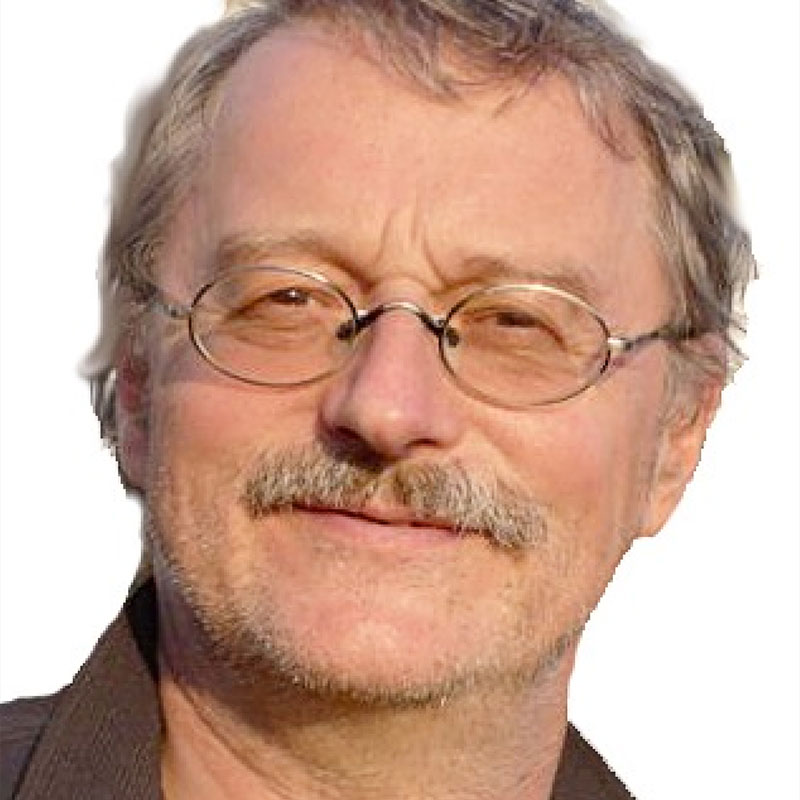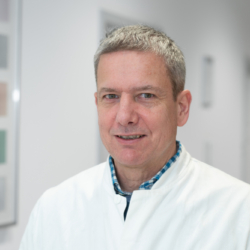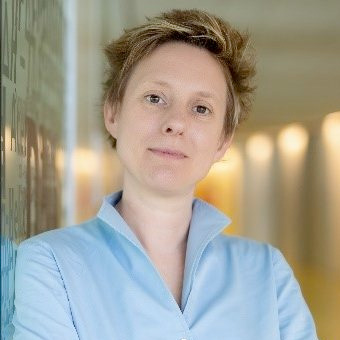ZMB Members
ZMB Members
Member list
The ZMB currently comprises approx. 80 research groups from the Faculties of Biology, Medicine, and Chemistry at the Essen Campus and the University Hospital Essen, as well as groups from the Max Planck Institute of Molecular Physiology in Dortmund. If you are interested in participating in the ZMB network, please do not hesitate to contact us!
Search for members
Biology Selected Publications
21 member(s)

Prof. Dr.Peter Bayer
Group: Structural and Medicinal Biochemistry
ZMB Research Program: Molecular and Chemical Cell Biology
More
Prof. Dr.Dominik Boos
Group: Molecular Genetics II
ZMB Research Program: Molecular and Chemical Cell Biology
More
Prof. Dr. Dana Branzei
Group: DNA Damage Repair and Chromosome Structure
ZMB Research Program: Molecular and Chemical Cell Biology
More
Prof. Dr.Michael Ehrmann
Group: Microbiology
ZMB Research Program: Molecular and Chemical Cell Biology
More
Dr.Farnoush Farahpour
Group: Bioinformatics and Computational Biophysics
ZMB Research Program: Oncology
More
Prof. Dr.Doris Hellerschmied-Jelinek
Group: Mechanistic Cell Biology
ZMB Research Program: Molecular and Chemical Cell Biology
More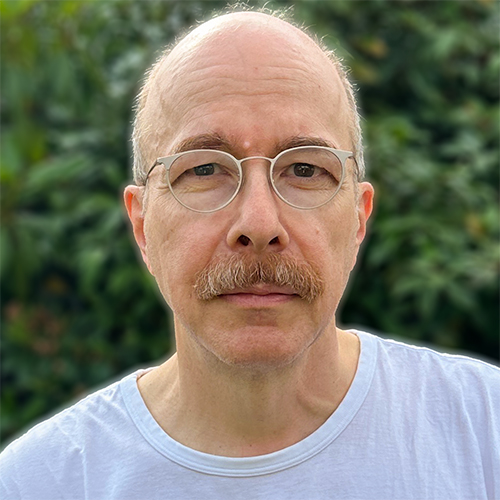
Prof. Dr.Daniel Hoffmann
Group: Bioinformatics and Computational Biophysics
ZMB Research Program: Molecular and Chemical Cell Biology
More
Prof. Dr. Dr. h.c. mult.Robert Huber
Group: Structure Research
ZMB Research Program: Molecular and Chemical Cell Biology
More
Prof. Dr.Christian Johannes
Group: Molecular Genetics I
ZMB Research Program: Molecular and Chemical Cell Biology
More
Prof. Dr.Markus Kaiser
Group: Chemical Biology
ZMB Research Program: Molecular and Chemical Cell Biology
More
Dr.Farnusch Kaschani
Manager of: Analytics Core Facility Essen (ACE)
ZMB Research Program: Molecular and Chemical Cell Biology
More
Prof. Dr.Shirley Knauer
Group: Molecular Biology II
ZMB Research Program: Molecular and Chemical Cell Biology
More
Prof. Dr.Hemmo Meyer
Group: Molecular Biology I
ZMB Research Program: Molecular and Chemical Cell Biology
More
Prof. Dr.Andrea Musacchio
Group: Mechanistic Cell Biology
Max Planck Institute of Molecular Physiology
Dortmund
ZMB Research Program: Molecular and Chemical Cell Biology
More
Prof. Dr.Perihan Nalbant
Group: Molecular Cell Biology
ZMB Research Program: Molecular and Chemical Cell Biology
More
Prof. Dr.Stefan Raunser
Group: Structural Biochemistry
Max Planck Institute of Molecular Physiology
Dortmund
ZMB Research Program: Molecular and Chemical Cell Biology
More
Prof. Dr.Barbara Saccà
Group: Bionanotechnology
ZMB Research Program: Molecular and Chemical Cell Biology
More
Dr.Nina Schulze
Manager of: Imaging Center Essen (ICCE)
ZMB Research Program: Molecular and Chemical Cell Biology
More
Prof. Dr.Andrea Vortkamp
Group: Developmental Biology
ZMB Research Program: Molecular and Chemical Cell Biology
More
Prof. Dr.Stefan Westermann
Group: Molecular Genetics I
ZMB Research Program: Molecular and Chemical Cell Biology
More
Dr.Manuela Wülling
Group: Developmental Biology
ZMB Research Program: Molecular and Chemical Cell Biology
MoreCurrent Selected Publications
Biology
-
A mouse model of cardiac immunoglobulin light chain amyloidosis reveals insights into tissue accumulation and toxicity of amyloid fibrilsIn: Nature Communications Vol. 16 (2025) Nr. 1, 2992Online Full Text: dx.doi.org/ (Open Access)
-
An unusual glycerol-3-phosphate dehydrogenase in Sulfolobus acidocaldarius elucidates the diversity of glycerol metabolism across ArchaeaIn: Communications Biology Vol. 8 (2025) Nr. 1, 539Online Full Text: dx.doi.org/ (Open Access)
-
Lack of AtMC1 catalytic activity triggers autoimmunity dependent on NLR stabilityIn: EMBO Reports (2025) in pressOnline Full Text: dx.doi.org/ (Open Access)
-
Molecular glues of the regulatory ChREBP/14-3-3 complex protect beta cells from glucolipotoxicityIn: Nature Communications Vol. 16 (2025) Nr. 1, 2110Online Full Text: dx.doi.org/ (Open Access)
-
Sulphostin-inspired N-phosphonopiperidones as selective covalent DPP8 and DPP9 inhibitorsIn: Nature Communications Vol. 16 (2025) Nr. 1, 3208Online Full Text: dx.doi.org/ (Open Access)
-
A modular DNA origami nanocompartment for engineering a cell-free, protein unfolding and degradation pathwayIn: Nature Nanotechnology Vol. 19 (2024) Nr. 10, pp. 1521 - 1531Online Full Text: dx.doi.org/ (Open Access)
-
A validation strategy to assess the role of phase separation as a determinant of macromolecular localizationIn: Molecular Cell Vol. 84 (2024) Nr. 9, pp. 1783 - 1801.e7Online Full Text: dx.doi.org/ (Open Access)
-
Alternating binding and p97-mediated dissociation of SDS22 and I3 recycles active PP1 between holophosphatasesIn: Proceedings of the National Academy of Sciences of the United States of America (PNAS) Vol. 121 (2024) Nr. 36, e2408787121Online Full Text: dx.doi.org/ (Open Access)
-
HBV shows different levels of adaptation to HLA class I-associated selection pressure correlating with markers of replicationIn: Journal of Hepatology (2024) in pressOnline Full Text: dx.doi.org/ (Open Access)
-
Lysosomal damage sensing and lysophagy initiation by SPG20-ITCHIn: Molecular Cell (2024) pp. 1556 - 1569.e10Online Full Text: dx.doi.org/ Online Full Text (Open Access)
-
Microtubule end-on attachment maturation regulates Mps1 association with its kinetochore receptorIn: Current Biology Vol. 34 (2024) Nr. 11, pp. 2279 - 2293.e6Online Full Text: dx.doi.org/ (Open Access)
-
Rational correction of pathogenic conformational defects in HTRA1In: Nature Communications Vol. 15 (2024) Nr. 1, 5944Online Full Text: dx.doi.org/ (Open Access)
-
Regulation of minimal spindle midzone organization by mitotic kinasesIn: Nature Communications Vol. 15 (2024) Nr. 1, 9213Online Full Text: dx.doi.org/ (Open Access)
-
Role of protein kinase PLK1 in the epigenetic maintenance of centromeresIn: Science Vol. 385 (2024) Nr. 6713, pp. 1091 - 1097Online Full Text: dx.doi.org/
-
Structure of the human KMN complex and implications for regulation of its assemblyIn: Nature Structural & Molecular Biology Vol. 31 (2024) Nr. 6, pp. 861 - 873Online Full Text: dx.doi.org/ (Open Access)
-
Subtilase SBT5.2 inactivates flagellin immunogenicity in the plant apoplastIn: Nature Communications Vol. 15 (2024) Nr. 1, 10431Online Full Text: dx.doi.org/ (Open Access)
-
The Endo-Lysosomal Damage ResponseIn: Annual Review of Biochemistry Vol. 93 (2024) Nr. 1, pp. 367 - 387Online Full Text: dx.doi.org/ (Open Access)
-
Thirty years of structural changesIn: Nature Structural & Molecular Biology Vol. 31 (2024) Nr. 1, pp. 4 - 5Online Full Text: dx.doi.org/
-
TopBP1 utilises a bipartite GINS binding mode to support genome replicationIn: Nature Communications Vol. 15 (2024) Nr. 1, 1797
-
VCF1 is a p97/VCP cofactor promoting recognition of ubiquitylated p97-UFD1-NPL4 substratesIn: Nature Communications Vol. 15 (2024) Nr. 1, 2459Online Full Text: dx.doi.org/ (Open Access)























